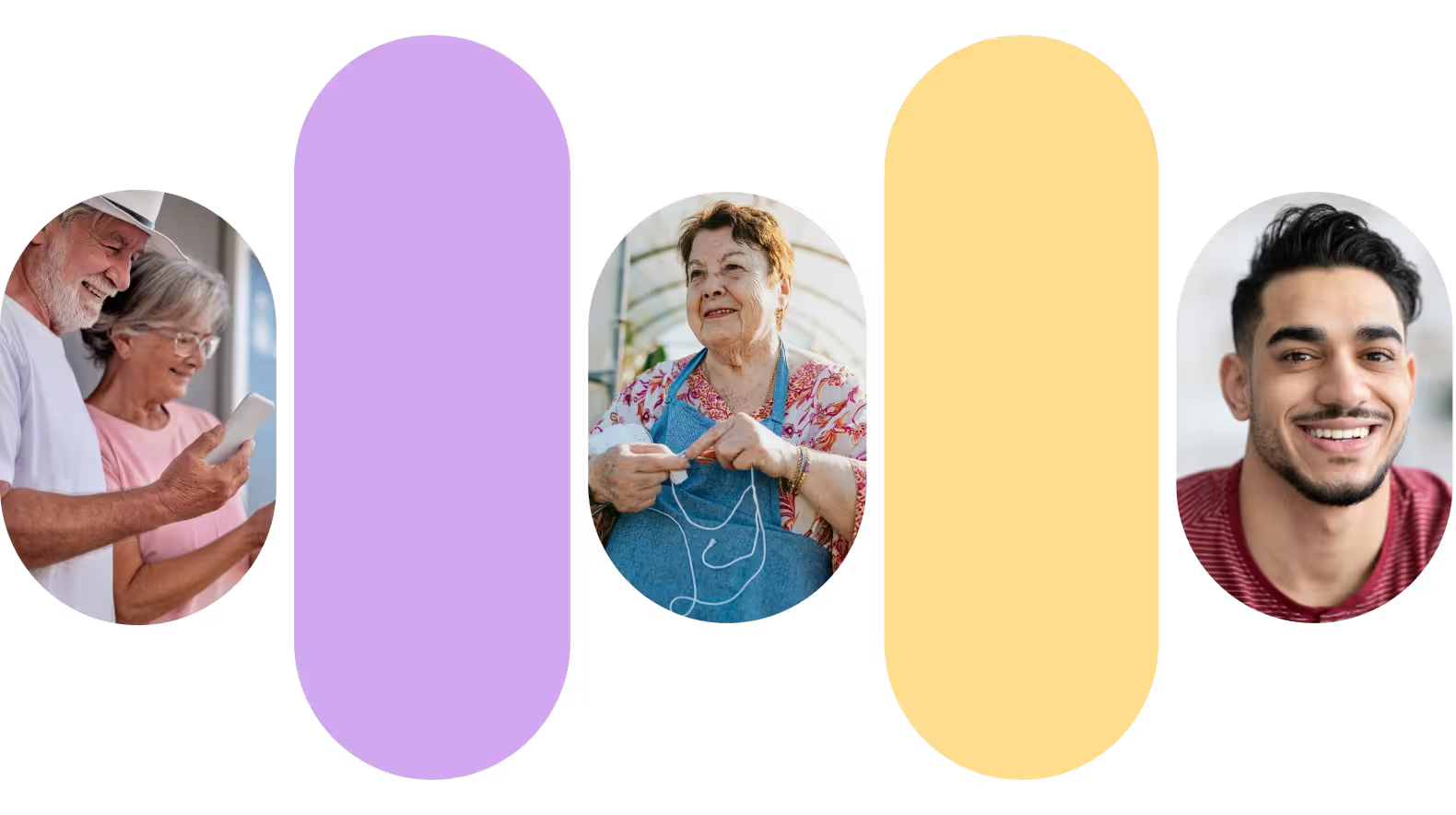User Spotlight: Meet Bob: 100-Years Young Nagish Power User
Bob, who is 100, found Nagish on his own. Now, he stays connected with friends and family. Proving tech has no age limit. Read his inspiring story here!

Meet Bob, a Nagish power user, sharp tech explorer, and a centenarian who’s living proof that age is just a number.
Bob's First Steps with Nagish
When Bob signed up for Nagish on October 30th, you might think his tech-savvy niece or grandson helped him out. Nope. Bob - 100 years young - found Nagish himself on the internet, downloaded it, and made his first call to tell his son about it.

A Call for Connection Since then, Bob has made many calls to connect with friends and family. He nailed the captions, figured out how to answer calls (after a brief hiccup - "I think I'm getting there now"), and continues to enjoy staying connected with the people he loves.
.jpeg)
Oh, and did we mention Bob’s birthday? On December 6th, he turned 100! As he told Laura, our head of support:
“All my life, I used to tell people I felt 100 years old. Now I can say it legitimately.”
Bob’s Tips for Cheerful Life
Cheers to Bob’s Tips for Life! Bob shared a few of his secrets to living a full life:
Stay connected: Whether it’s calling loved ones or convincing his son (who also has hearing loss) to try Nagish, Bob knows the value of staying in touch.
Enjoy the little things: Bob loves a good martini ("It’s gin, not vodka - that’s not a martini!") and a glass of Beaujolais wine.
Stay curious: From military days in Texas to running a wine-tasting club since 1970, Bob’s always up for learning something new.

Why Nagish Works for Bob
Nagish Makes It Easy! Bob uses Nagish to catch every word - effortlessly and on the go. It’s not just about calls, it’s about independence, confidence, and showing the world that technology has no age limit.
Happy 100th, Bob! Here’s to more calls, more laughs, and more martinis. You’re an inspiration to all of us at Nagish.










